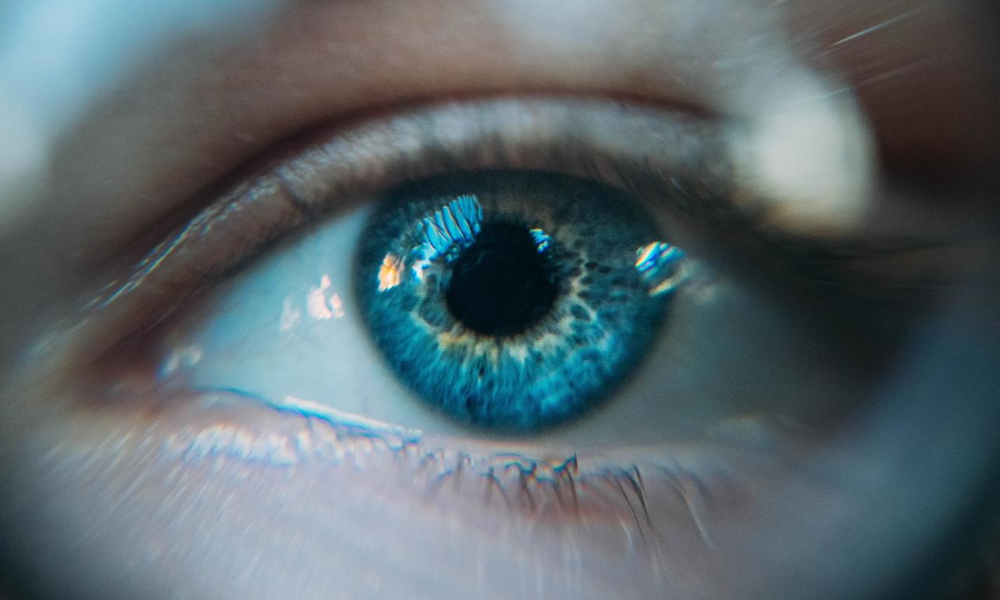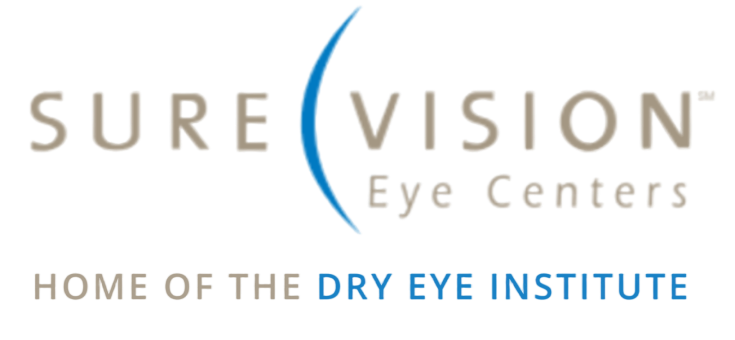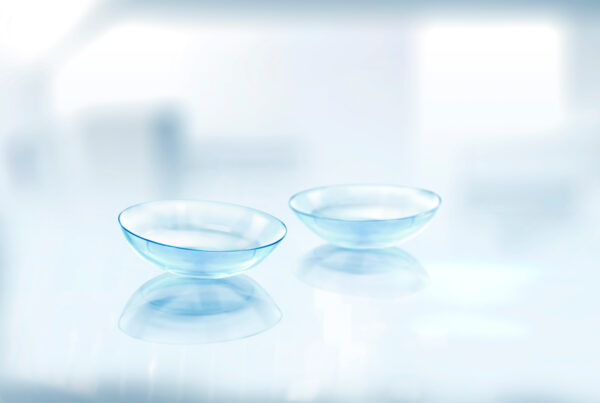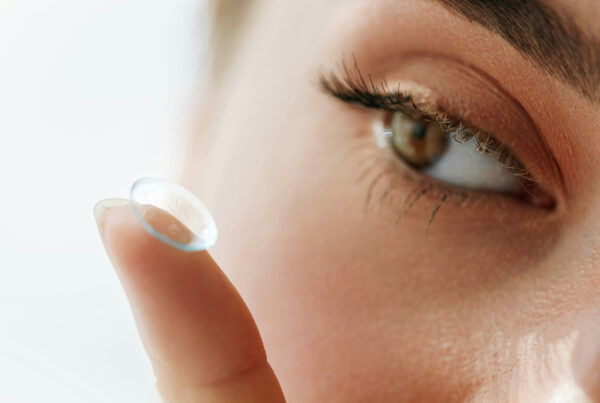
Over the last week, I’ve had many requests for information about the negative impact of blue light exposure. The questions have come from worried parents as children are facing online learning, seniors who have filled free time with reading on a tablet, and many working and entertaining from home. Let’s break it down. What is involved in staring at a screen for hours?
Blue light is a part of the visible light spectrum that emits from every light source, from the sun to computers. It is necessary for the healthy function of many hormones and regulates our sleep cycle, called the circadian rhythm. High amounts of blue light are found in artificial lighting such as LED lights and electronic devices. Increased exposure contributes to health concerns such as some cancers, diabetes, obesity, and macular degeneration.
The first surface that blue light transverses is the tear film. Clear and consistent vision requires a stable tear film. Tear film stability is derived mostly from the outer oil layer.
The oil, or meibum, is secreted from the meibomian gland during a complete blink, which infrequently occurs while a person is staring at an electronic device. Incomplete and reduced blinking promotes stagnation and obstruction of free-flowing meibum, thus, creating tear film instability and fluctuation in vision.
The coordination of our accommodation system, eye muscle alignment, and tracking allows for the assimilation of vision through the pupil to the retina. An imbalance of this system, especially during prolonged staring, creates a constant feedback loop from the brain to try to keep these muscles aligned, promoting overstimulation of the trigeminal nerve leading to the triggering of symptoms. The symptoms include tired eyes, neck pain and stiffness, light sensitivity, discomfort at the computer, dry eye, headache, and dizziness.
The high energy of the blue light can be harmful to the retina and has one opportunity to be blocked – the macular pigment. The macular pigment layer is bolstered by diet and absorption of xanthophyll carotenoids: lutein and zeaxanthin. Blue light glasses that are “clear” can only block a small percentage of blue light from the retina relative to a healthy macular pigment layer.
Functional vision is clear, single, consistent, comfortable, and sustainable for a lifetime. Blue light exposure that impedes optimal vision requires a complete eye examination and should not be oversimplified by a retail industry.
Many solutions promote whole-body health aside from donning a pair of non-prescription glasses.
- Reduce your screen time
- Take a walk outside in natural light
- Stop using a device at least 90 minutes before bedtime. If this step isn’t possible, do use red/orange blue-blocking glasses for evening wear
- Aim for 7 to 8 hours of sleep each night
- Eat a clean, whole foods diet rich in vegetables such as spinach, kale, orange bell peppers, avocado, and broccoli
- Get examined by an experienced eye doctor
If you are experiencing symptoms of discomfort such as dry eye, headache, or other symptoms, our eye doctors can perform a thorough tear film analysis and create a treatment plan that is customized just for you. Contact SureVision Eye Centers today for more information on blue light treatment options or to request an appointment.



